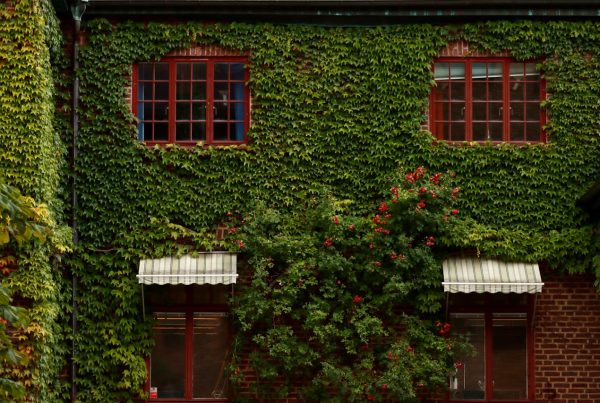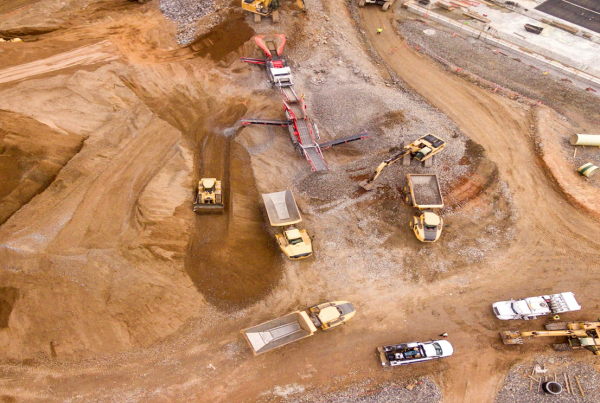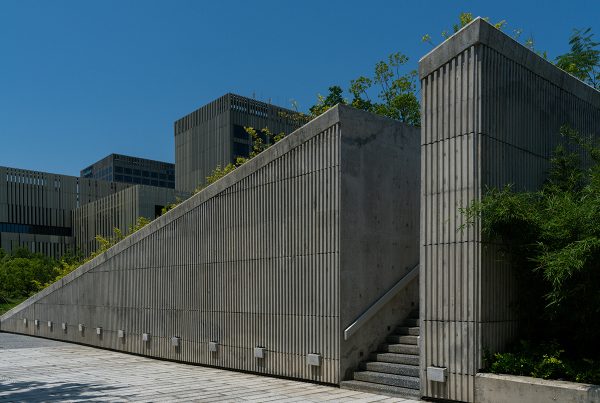This August, a decrepit ark sits on the floor of Shanghai’s Power Station of Art (PSA), bearing a menagerie of taxidermied animals, sickly, frozen on the spot, and absolutely going nowhere.

Noah’s Ark redux. Or more harshly, inspired by the thousands of pigs dumped in the Huangpu river last year. (Image from SmartShanghai.com)
It’s an art installation called The Ninth Wave courtesy of Cai Guo-Quiang from his solo exhibit also entitled the same. The New-York based artist, known for his audacious fireworks displays, is tackling the theme of nature and humans’ disrespectful ways towards it. One would think the animal-laden ark is Biblically-inspired, but the inspiration is actually a more recent and personal source: the tens of thousands of dead pigs dumped into the Huangpu river last year, their pale floating carcasses a grim contrast against the muddy water. (For dramatic impact, the ark was first floated on a barge before finally making its way to the museum.)
Other works in Cai’s exhibit are as grand and far-reaching, imbued with the same stark somberness. His Silent Ink is a man-made lake set indoors, filled not with water but with black ink and then framed on the side by rubble from a hypothetical wasteland.

Silent, mysterious, wasted, and utterly lifeless, Cai’s man-made lake is not far from reality. (Image from CaiGuoQuiang.com)
Air of Heaven meanwhile features a trio of baby dolls enjoying a swing together, macabrely positioned under the former power plant’s chimney and set much too high from the ground.
Then there’s Bund Without Us, a giant panoramic cityscape of China, emptily scenic, devoid of people, and utterly dystopian. Ironically the mural is drawn with and marred by no less than gunpowder.
Unapologetically Pessimistic Environmental Art
Cai’s exhibit is unapologetically pessimistic, a gloomy discourse on the state of environment in his home country. China should know. Pollution, both in air, water, and land, have reached alarming levels due to aggressive industrialization and lax state policies. In many ways, the large-scale art installations become mere reflections of a much larger, much more serious state of affairs happening outside.
That’s not to say Cai’s art has no impact anymore—his imagery is haunting and jarring all right. It’s just that most of China has come to a point where its people have no choice but to confront the perils of pollution on a day-to-day basis. Their everyday plight has begun to take on an improbably artful quality, the kind that so-called environmental artists like to prey on and exploit and wow the rest of the world with.
It’s as if the cities of Shanghai and Beijing smothered in smog, light bulbs and billboards shining weakly in the haze, its citizens nonchalantly wearing gas masks while walking on the streets, and pigs floating lifelessly on the river are artful and cinematic in their own right. Macabre and dystopian, yes, but artful all the same, something straight out of Blade Runner.
Art and nature have blurred their boundaries, unfortunately not in the most positive way possible. There was a time when artists painted in admiration of nature. Van Gogh’s cheery, prismatic sunflowers look almost innocent and carefree. So do the classic landscape paintings of our other revered artists. Even Chinese artists used to depict nature in easy, Zen-like strokes, a curl of wave here, a whiff of wind there, graceful branches of trees all around, the majestic peaks of mountains in the distance.
The Art of Degradation
Environmental art used to be just a reaction against the modernistic view of art—the ones confined to the museums, ready for acquisition and cataloging. One classic example is the Spiral Jetty by Robert Smithson, an outright attempt by the artist to carve a new landscape by bulldozing land and rocks, creating an artificial jetty spiraling out towards the water. It’s an art installation that goes beyond the four walls of the museum, permanently intruding on nature.
Other artists aren’t as much intrusive, making art that’s fleeting instead, art that will erode in time, with absolutely no cost to nature. Whatever the case, environmental art of yesterday was duly contemplative of man’s relationship to nature.
And it’s still is. But these days, art can no longer remain tame and idyllic. It has to be weird and shocking to cause so much as a ripple amid a society already desensitized. But how can art compete with reality if the latter is so much more compelling and urgent, so much more in-your-face? What’s the point of holding a resource- and energy-intensive exhibit if the same “artfulness” exists outside anyway, much, much real and larger than life?
Still, we have to be thankful for rebel artists like Cai whose works are brutally honest and delightfully grim. The only response he wants from us is for us to get off our bums and actually do something about it.











